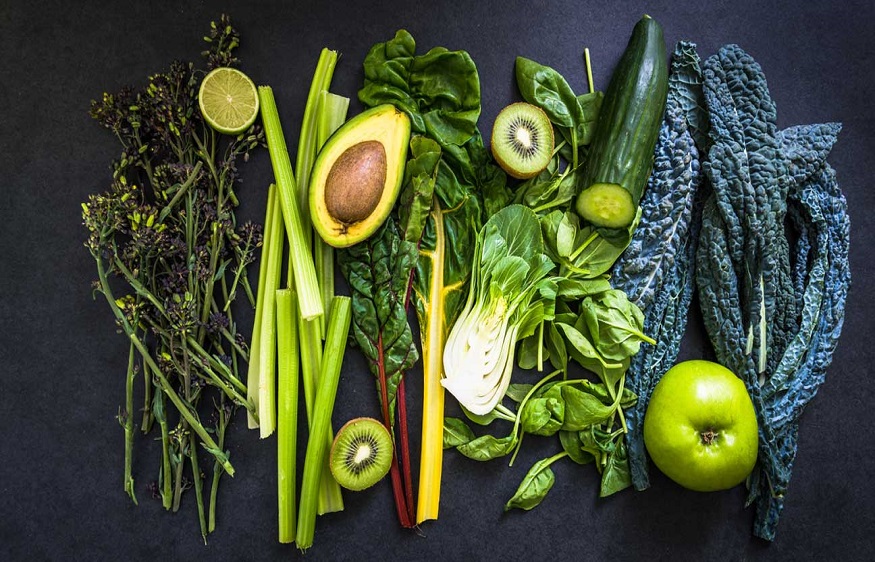Potassium chloride (KCl) is a metal halide salt composed of potassium and chlorine. Fertilisers high in potassium (K) are frequently used to make up for plant deficits. Farmers must add potassium as a supplement when soils are unable to supply crops with nutrients. Potash is a general word for a variety of agricultural fertilisers that contain potassium. The most popular source is potassium chloride (KCI), also frequently referred to as potash chloride.
Due to its low cost and high K2O content – 60–63% – potassium chloride is currently the most popular potassium fertiliser for crop nutrition. Potassium chloride (KCl) is less expensive to handle, store, transport and use than alternative sources. By separating sylvinite ore into sylvite (KCl) and halite (NaCl) based on either their distinct specific gravities or different solubilities, KCI fertiliser is most commonly generated. Because iron oxide occurs naturally in the ore in trace proportions, the final, purified sylvite-based fertiliser may be reddish in colour. The structure of potassium chloride is given below.
Agricultural Uses of Potassium Chloride
More than 90% of the world’s potash production is used to feed plants. Before tillage and planting, farmers applied KCl to the soil’s surface. Because it is reasonably inexpensive and contains more potassium than most other sources, potassium chloride is the most often used potassium fertiliser. Additionally, it can be administered in a narrow zone close to the seed. Banded KCI is applied to the side of the seed to prevent harm to the seedling because dissolving fertiliser will increase the concentration of soluble salts.
In soil water, potassium chloride dissolves quite quickly. The negatively charged cation exchange sites of clay and organic materials will hold onto the K+. With the help of the water, the chlorine half will easily float. For use in fluid fertilisers or irrigation systems, a particularly pure grade of potassium can be dissolved. Some KCl is created by pumping brine up to the surface, evaporating after being injected with hot water deep into the earth to dissolve the soluble sylvinite mineral.
General Uses of Potassium Chloride
Both human and animal health depends on potassium. For those whose diets are low in salt (sodium chloride), potassium chloride can be used as a salt substitute. It can be utilised as a fertiliser. It is a deicing agent. Additionally, it replaces calcium in water by being utilised in water softeners. Plant development and growth depend on potassium.
It supports plants to grow faster, use water better, be more drought resistant, fight off disease, resist pests and boost crop production. Potassium supports all internal processes in all plants. A plant will just be a better plant in general when it has enough potassium.
Plants need huge amounts of potassium (K), an essential mineral. As a free ion, it moves and carries out many of its tasks, including controlling plant water pressure, triggering enzymes, resolving electrical charges and transferring sugars and starches.
Making potash, a significant fertiliser that enriches soils with potassium and encourages plant development, requires potassium chloride. The main factor limiting plant development is typically potassium availability. The availability of potassium in the soil can be increased by potassium chloride, which serves as a source of potassium.

